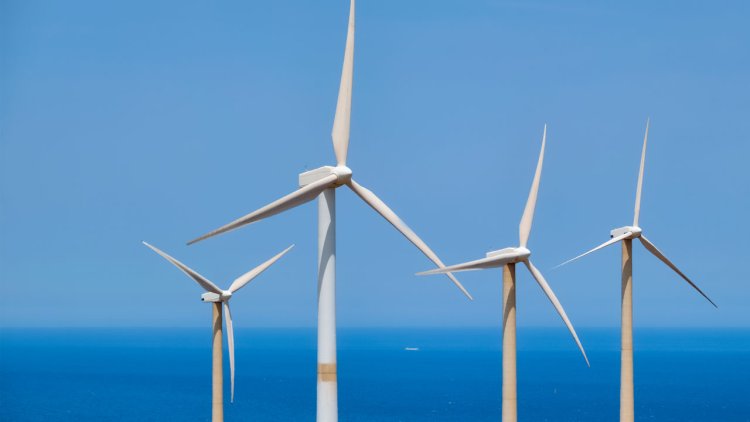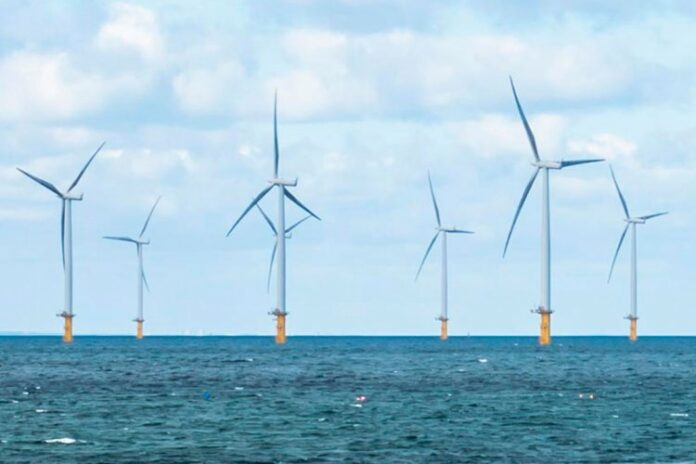With the wind power booster, six gigawatts of offshore capacity can be realised three years earlier. For comparison: six gigawatts of capacity correspond to six large power plants.
The concept was presented in Germany together with the Energy Ministers of Lower Saxony, Olaf Lies, and Schleswig-Holstein, Jan Philipp Albrecht, as well as Bremen’s State Councillor Kai Stührenberg – representing Bremen’s Senator for Economic Affairs Kristina Vogt.
The wind power booster is a first concrete step towards a long-term meshed high voltage direct current grid at sea and on land. A meshed direct current grid (HVDC overlay grid) on land and at sea ensures long-term security of supply and reduces the economic costs of integrating renewable energies to achieve the climate targets.
TenneT COO Tim Meyerjürgens said:
“Building on our extensive experience in the construction and operation of offshore grid connections, our conceptual and technological innovation for a six-gigawatt hub demonstrates a way to significantly accelerate the achievement of ambitious climate protection targets.
We see this as an offer also for the German government coalition negotiations currently underway, which, as we know, are seeking a boost for the expansion of renewable energies in Germany. At the same time, we are laying the foundation for a sustainable interconnection of the direct current grid.”

Olaf Lies, Lower Saxony’s Minister of Energy and the Environment, said:
“The key role of offshore wind energy for the energy and climate goals becomes even clearer when we look at the cross-sectoral implementation of the energy transition – i.e. also the energy needs to be met by renewables outside the electricity sector. This will not be possible without green hydrogen and the green electricity it requires. In addition to the role in energy and climate policy, there is also the importance in terms of industrial and employment policy – for northern Germany, but also far beyond.
Together with our neighbouring federal states, Lower Saxony has the chance to become the gateway for offshore energy for the whole of Germany. In order to be able to decisively use the opportunities of hydrogen technology in the sense of a sustainable energy supply for the local industry and business location, we must already create the technical prerequisites today and therefore also initiate a significant step in grid planning in the direction of a future-oriented, cost-efficient and internationally connected direct current grid. In view of the recent stagnation in the expansion of offshore wind energy, we also need approaches like this that allow us to pick up the pace again.Because time is otherwise running out. Preparing for the future multi-terminal deployment would also have direct benefits in Wilhelmshaven by requiring less space for the planned projects on site.”
Schleswig-Holstein’s Minister of Energy Jan Philipp Albrecht said:
“The concept presented to accelerate the expansion of offshore wind energy use while saving power lines is a building block in the right direction. We need to come up with a viable target concept as soon as possible on how we want to expand our infrastructure by 2045. And we have to start planning for this today. We want a European energy transition and this includes a European system interconnection that includes not only electricity but also the production and transport of green hydrogen. We will take an integrative, interconnected approach and build strong future-proof energy infrastructures in the centre of Europe.”



